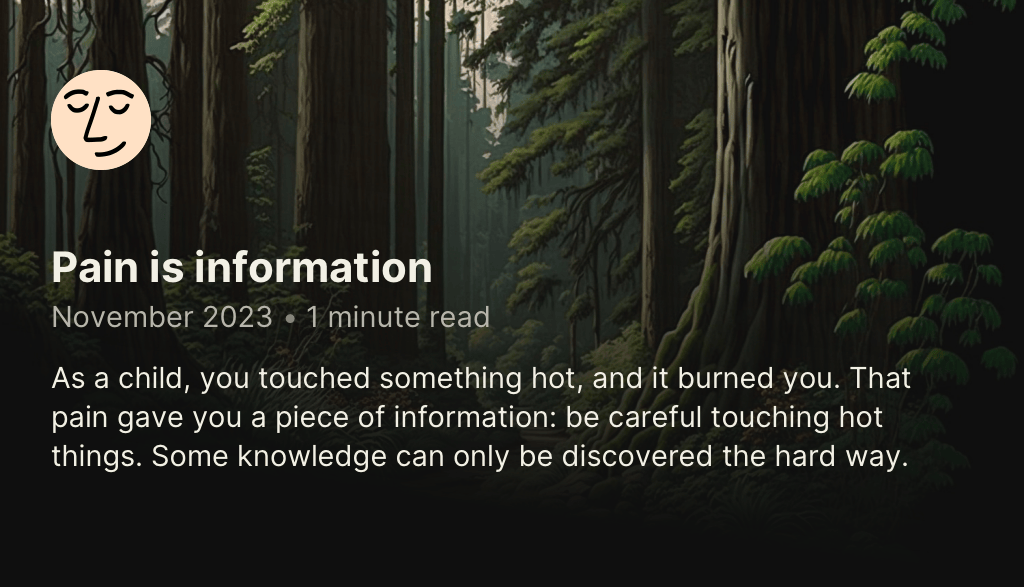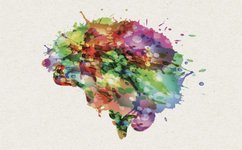A new view of pain as a homeostatic emotion


Pain is a real feeling, but that feeling does not necessarily reflect real damage in the body. Further, although pain depends on brain activity for its existence, this does not mean you can simply think pain away or that pain is your fault. Unfortunately, the processes which create pain are mostly unconscious and outside your control.